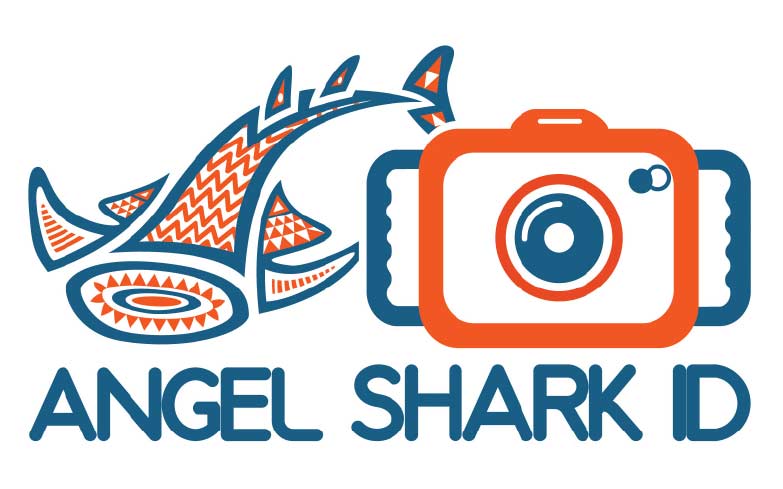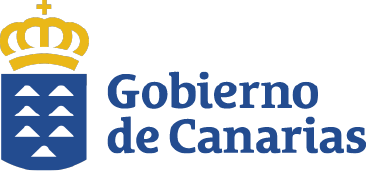ANGELSHARK-ID: Photo-identification
The Common Angelshark or Monkfish (Squatina squatina)
What is ANGELSHARK-ID?

ANGELSHARK-ID is a project that monitors the angelshark (Squatina squatina) in its natural environment. This study uses photo-identification as a tool to identify individuals and guarantee a minimal impact to them.
Why ANGELSHARK-ID?
This research provides scientific base knowledge that contributes to the understanding of the activities that angelsharks develop in the Canary Islands for their survival. Simultaneously it allows to determine their population status and to detect possible threats. The obtained results help to develop an effective species management and to provide a tool to minimize possible impacts to their populations by sharing this information with the public.
How is ANGELSHARK-ID done?
 Angelsharks generally present unique natural body marks that allow us to individually identify specimen. This method guarantees minimal impact to the studied individual in return of a great effort from the researcher. We make regular searches for angelsharks during dives in different critical areas for the species within the Canary Islands. Upon an encounter with a shark, we take measurements, and register sex and other parameters that characterize the site. After this, we take pictures of distinctive body marks that can help in the individual identification, and collect a tissue sample for isotopic and genetic analysis.
Angelsharks generally present unique natural body marks that allow us to individually identify specimen. This method guarantees minimal impact to the studied individual in return of a great effort from the researcher. We make regular searches for angelsharks during dives in different critical areas for the species within the Canary Islands. Upon an encounter with a shark, we take measurements, and register sex and other parameters that characterize the site. After this, we take pictures of distinctive body marks that can help in the individual identification, and collect a tissue sample for isotopic and genetic analysis.
What knowledge do we obtain?
We can reveal different aspects of the species life strategy by identifying the individuals and their characteristics, like the activities that they develop, estimate the number of individuals, how much time they can remain in a location or if they have preference for a certain type of habitat.
Our method allowed us to sight sharks that were first observed in 2007 in more than 6 occasions. In addition, we obtained knowledge about predators and were able to start a genetic study of the angelsharks.
Read more about our investigation lines that contribute to the understanding and the survival of the sharks and rays in the Canary Islands.
Dr. Krupskaya Narváez is the leader of this pioneering and innovative initiative in the Canary Islands.
With the generous support from:

 With the authorization from the Ministry of Agriculture & Fisheries, Food & Environment, and with knowledge from the Canarian Government.
With the authorization from the Ministry of Agriculture & Fisheries, Food & Environment, and with knowledge from the Canarian Government.

